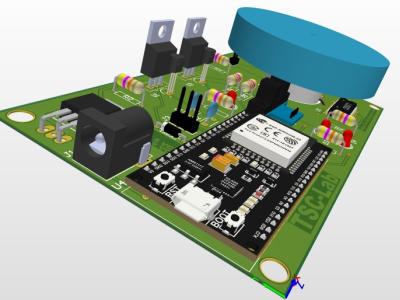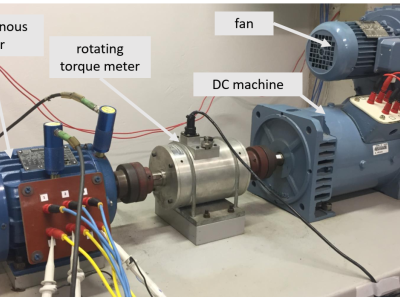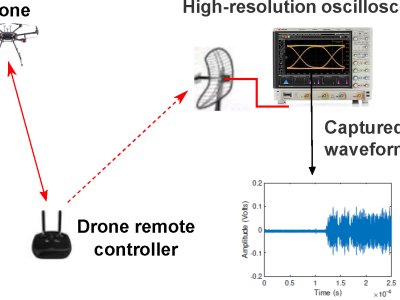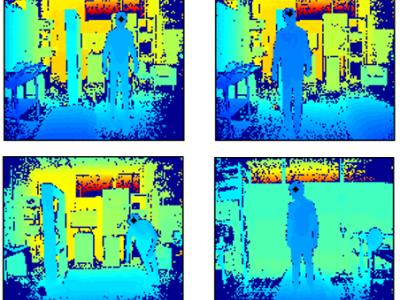A comparison of two major methods to design alarm deadbands for IID process variables
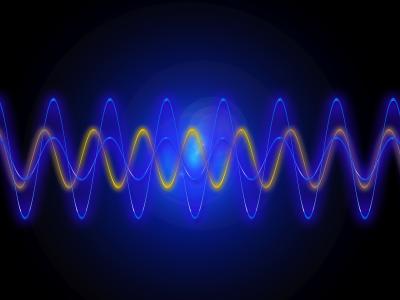
- Citation Author(s):
-
Haipei Dong
- Submitted by:
- Haipei Dong
- Last updated:
- DOI:
- 10.21227/d3j8-xf73
 69 views
69 views
- Categories:
- Keywords:
Abstract


